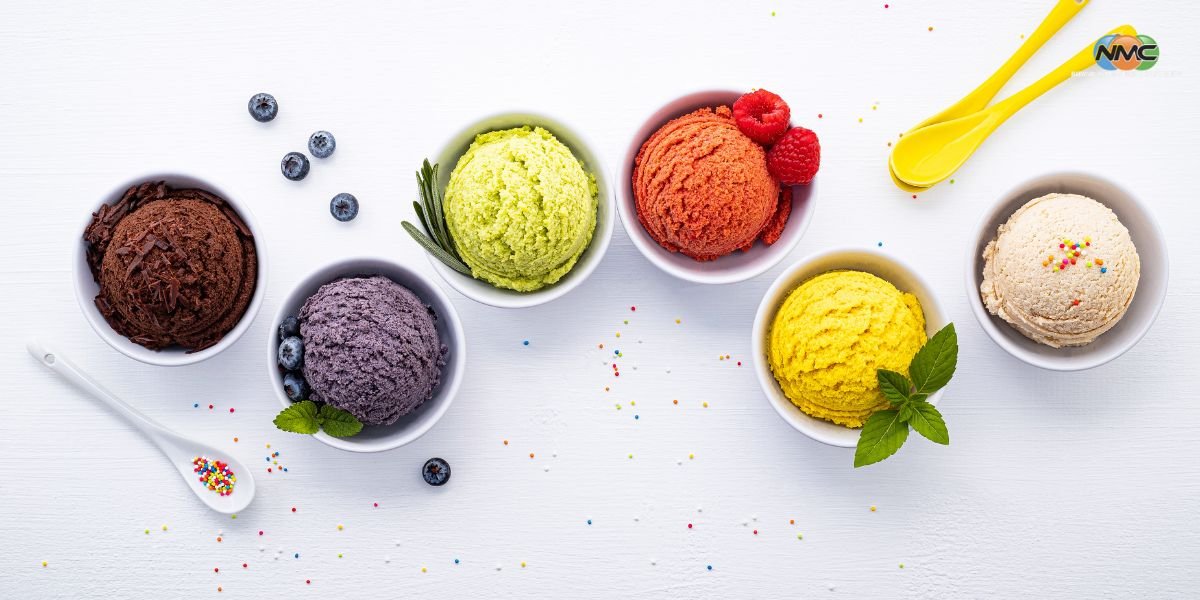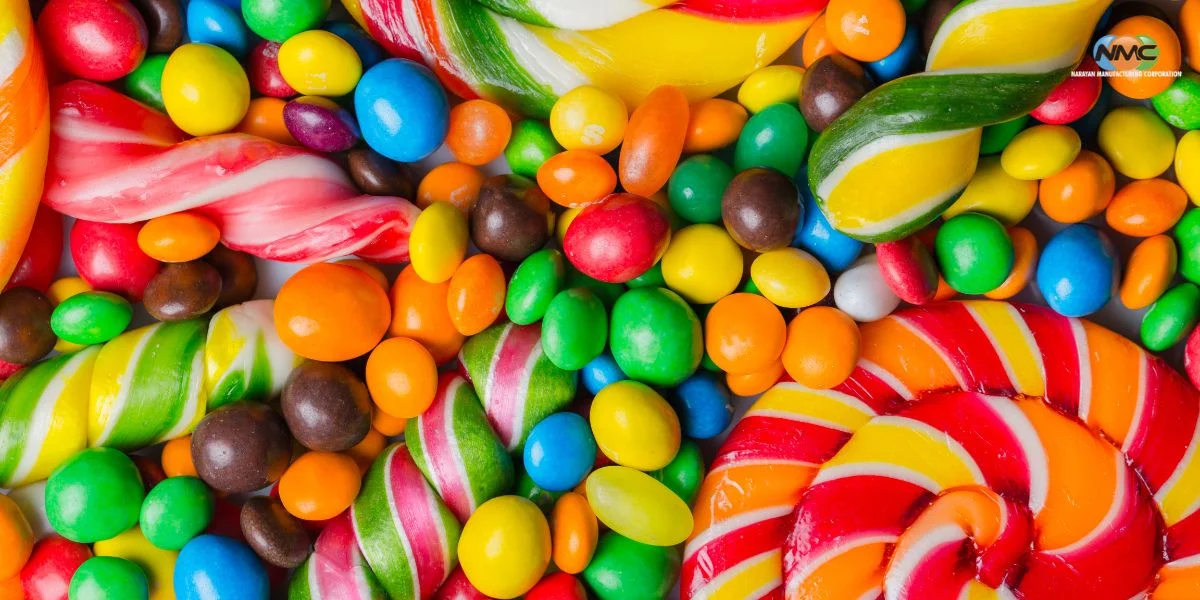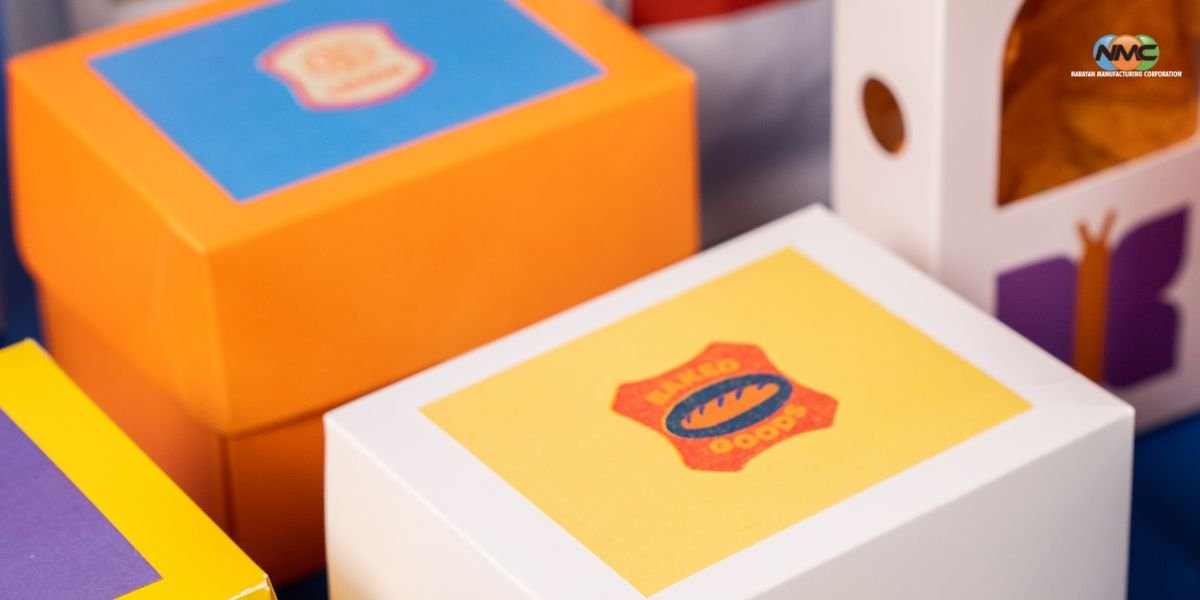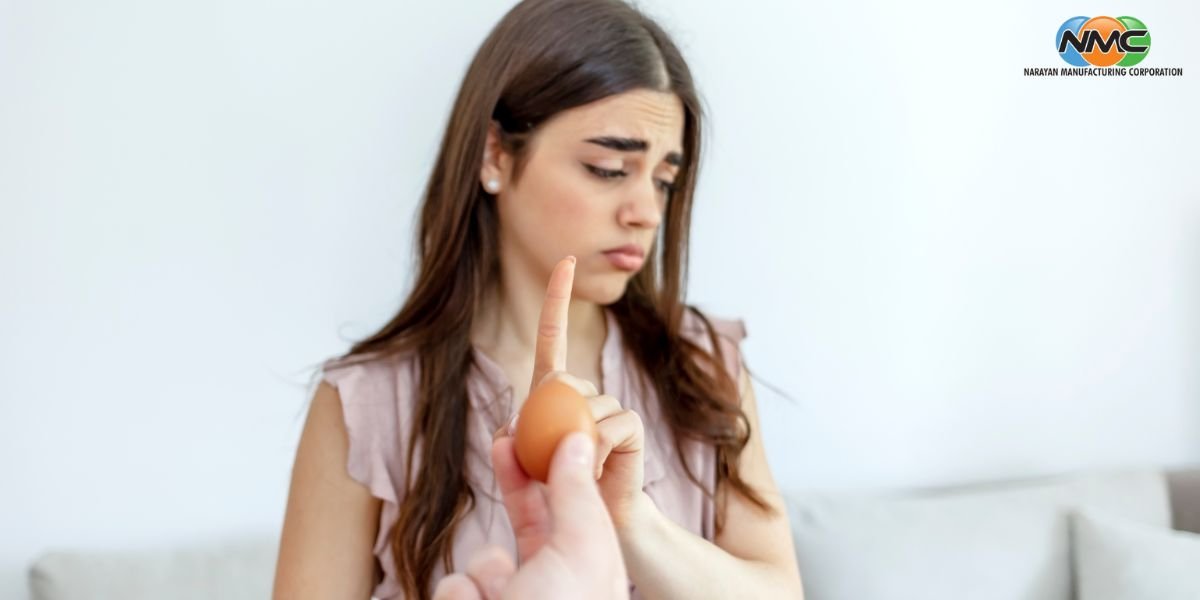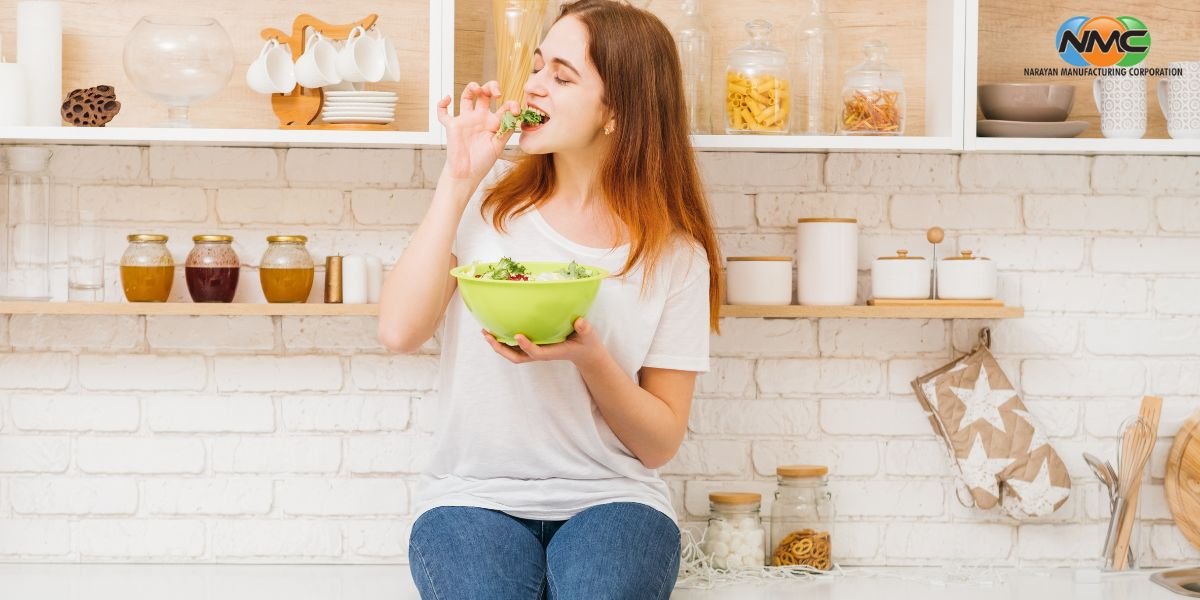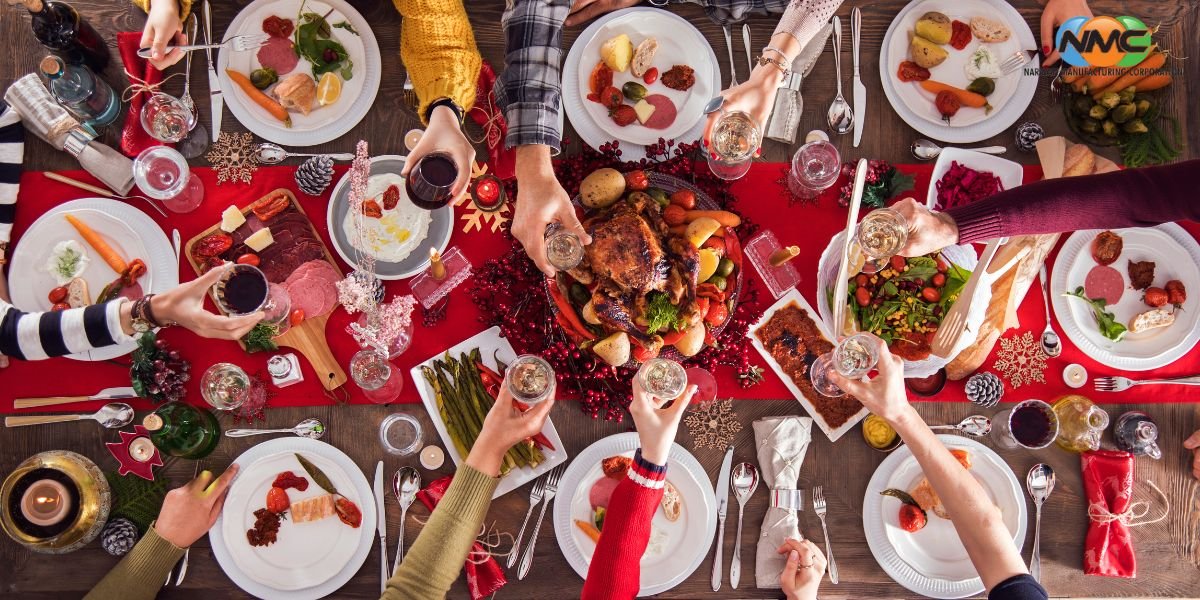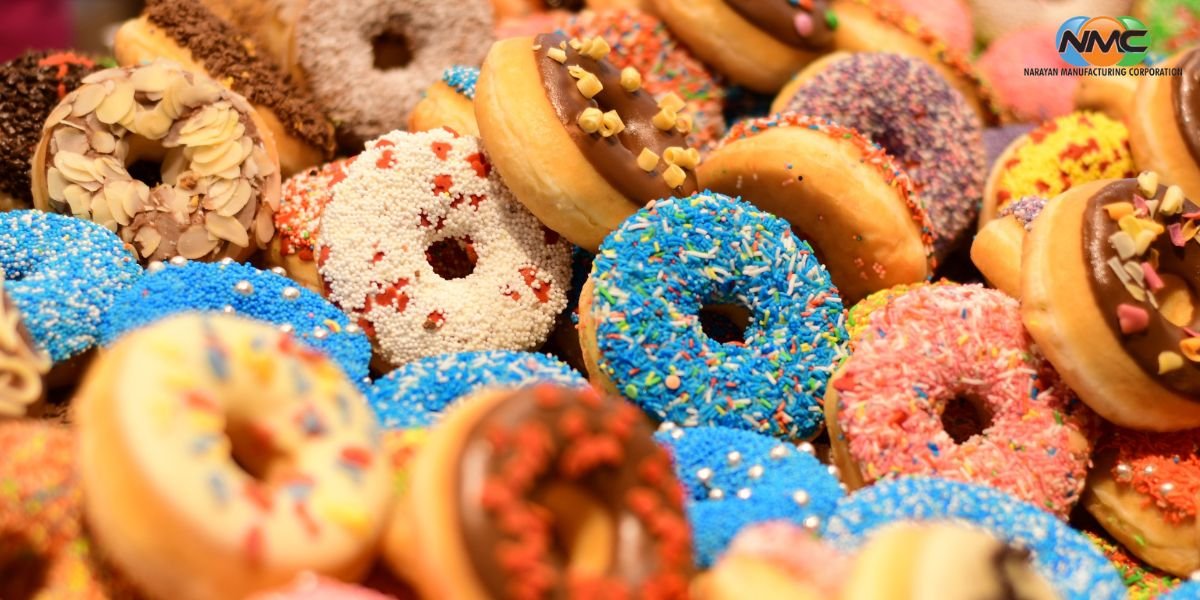We all know and love food coloring for its ability to transform our culinary creations, adding vibrant hues and playful touches to cakes, cookies, and candies. But what if we told you that the magic of food coloring doesn’t stop in the kitchen? This versatile medium has a secret life, one that extends far beyond the plate and into the realm of art and creative expression!
Unleashing the Artist Within: Beyond Edibles
With its brilliant shades and ease of use, food coloring is an amazing tool for artists and crafters of all ages. Its non-toxic nature makes it a safe option for kids’ projects, while its wide color range allows adults to explore various artistic techniques.
Think beyond frosting and imagine the possibilities:
-
Tie-Dye Adventures: Breathe new life into old t-shirts, pillowcases, or even fabric scraps with stunning tie-dye designs. Food coloring provides vibrant and easily controllable colors for exciting patterns. Just remember to use a fixative to help the color last longer!
-
Homemade Playdough: Skip the store-bought kind and create your colorful playdough with just a few basic ingredients and, you guessed it, food coloring! Let the kids explore their imagination while developing their sensory skills.
-
Bath Bomb Magic: Craft your custom bath bombs with dazzling colors and scents. Food coloring adds a pop of vibrancy to your bath-time treats. Be sure to use skin-safe ingredients along with the food coloring.
-
Creative Calligraphy and Painting: Dilute food coloring with water to use as an unconventional watercolor, or use a fine brush for calligraphy. The vibrant colors and easy cleanup make it a great option for budding artists.
-
Sensory Bottles: For a calming and mesmerizing effect, create sensory bottles by combining food coloring with water, glitter, and other decorative items.
-
DIY Slime: Kids love making slime! Food coloring is perfect for adding vibrant and fun colors.
-
Clay and Modeling Compounds: Food coloring can be added to different types of clays and modeling compounds to create colorful, unique designs.
Why Food Coloring Makes a Great Creative Medium
-
Variety of Colors: From delicate pastels to deep, rich hues, food coloring offers an extensive palette to choose from.
-
Easy to Use: Whether liquid, gel, or powder, food coloring is easy to mix and manipulate.
-
Affordable: It’s a cost-effective way to add color to a variety of projects.
-
Non-Toxic (generally): Most food colorings are non-toxic, making them safe for children and those with sensitive skin (though always check the label for specific ingredients).
A Few Tips for Using Food Coloring in Art:
-
Start with Small Amounts: It’s easier to add more color than to take it away. Begin with a small amount of food coloring and gradually add more until you achieve the desired intensity.
-
Dilute for Lighter Shades: If you need a lighter color, dilute your food coloring with water.
-
Test on a Small Area First: Before applying food coloring to your entire project, test it on a small, inconspicuous area to ensure you’re happy with the result.
-
Set the Color: If you’re using food coloring on fabric, it is important to use a fixative to help the color last longer.
-
Choose the Right Type: Depending on your project, the best option for color may vary from powders, gels or liquid colors.
Beyond the Kitchen, a World of Possibilities
Food coloring isn’t just a kitchen staple; it’s a powerful tool for creative expression. It empowers us to explore our artistic sides, experiment with color, and bring our imagination to life in new and exciting ways.
So, the next time you reach for that bottle of food coloring, think outside the cake batter! You might just discover a whole new world of artistic possibilities.

